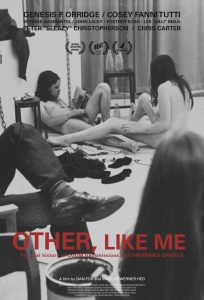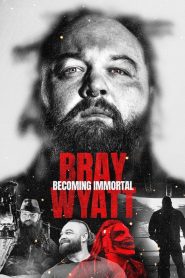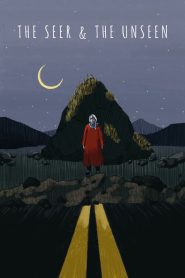
Video Sources 25 Views Report Error

Synopsis
Hull, England, 1970: In a dilapidated commune within a gritty port city, a band of social misfits—predominantly working-class and largely self-taught—embraced new identities and formed a collective known as COUM Transmissions. Initially focused on playful street performances, their work soon took a provocative turn, exploring themes of sex, pornography, and violence. Living on the fringes of society, they navigated life with scarce resources, finding solidarity among others marginalized by mainstream culture.
At the heart of this unconventional group were two pioneering artists: Genesis P-Orridge and Cosey Fanni Tutti. As their artistic expressions evolved, Cosey ventured into modeling for adult magazines, which she reframed as a conceptual art piece, strategically positioning herself within the feminist movements of the 1970s. This bold choice allowed her to challenge societal norms and assert her autonomy in a male-dominated industry.
Meanwhile, Genesis pushed the boundaries of performance art, subjecting his body to extreme tests. His work not only questioned the limits of physical endurance but also invited audiences to confront their own perceptions of the body and its capacities. Together, they crafted a daring narrative that intertwined art with the raw realities of life, creating a space where taboo subjects could be explored openly.
Through their art, COUM Transmissions forged a community that celebrated individuality and resistance against societal expectations, making a lasting impact on the landscape of avant-garde performance.
Original title Other, Like Me
IMDb Rating 7.1 116 votes
TMDb Rating 6 2 votes
Director
Director
Cast
Self (as Christine Newby)
Self
Self
Self

















